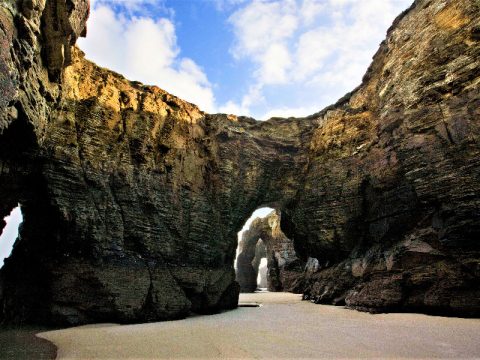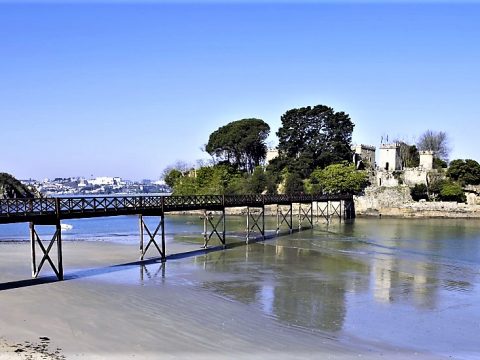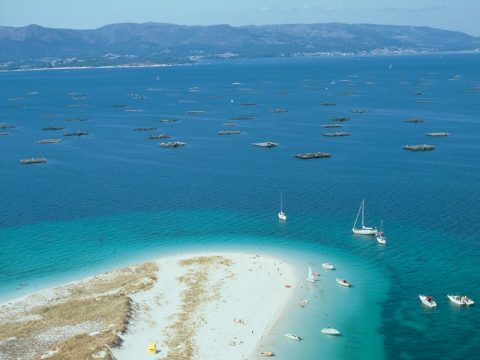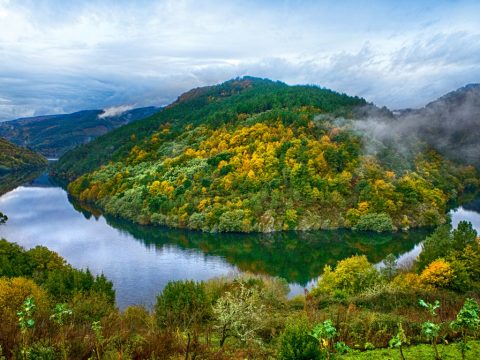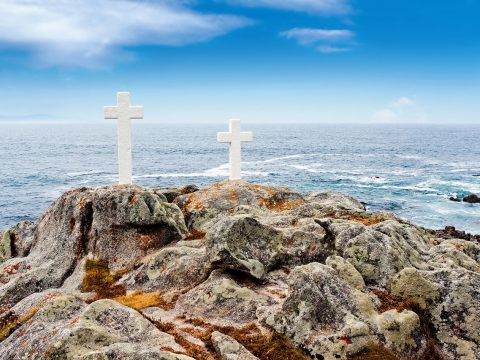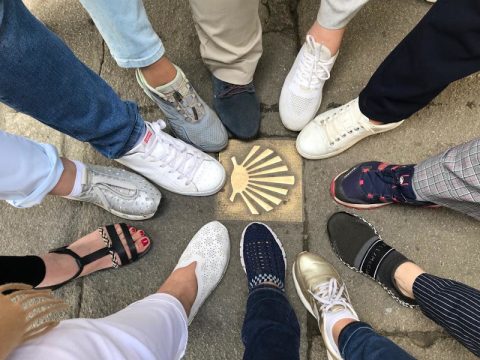Baixo Miño and Portugal
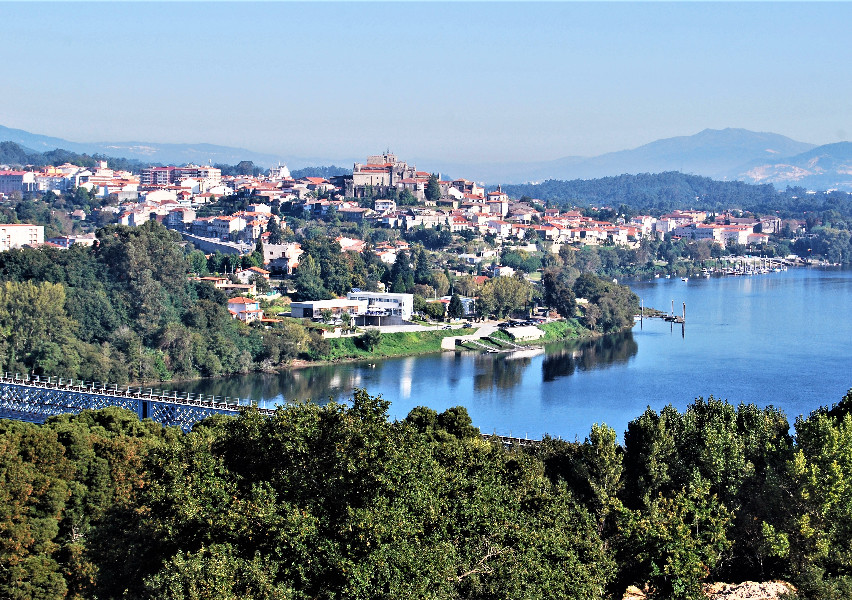
In the south of Galicia, on the border with Portugal, we find the fertile valley of the Miño River, in an area called Baixo Miño. These borderlands contain the largest archaeological site of the pre-Roman culture in Galicia, an Iron Age hamlet in the Santa Trega mountain, with more than 2000 years of history and where we will enjoy magnificent views of the Atlantic Ocean, the mouth of the Miño and Portugal.
Fruit crops abound, such as mirabelle plums or kiwis, ornamental plants and vineyards, the fruit of which is used to make the Rosal wine with the protected designation of origin Rías Baixas. A visit to a local winery will bring us closer to the world of viticulture and oenology, as well as the possibility of tasting “in situ” Galicia’s most famous wine. The art of vine cultivation is attributed to the Cistercian monks who lived in the monastery of Oia, which we will see on our tour, with its unique location in Galicia by the sea.
Maritime towns like Baiona, with its impressive Count of Gondomar Fortress and the first town to receive the news of the discovery of America. In Guarda, the southernmost of the Galician ports and known as the capital of lobster or the medieval town of Tui, which preserves treasures such as its cathedral-fortress of Santa Maria or the sturdy late 19th century bridge that brings us closer to our Portuguese neighbours; and inland we find Valença do Minho, one of the best preserved walled enclosures in Europe and today a shopping paradise.
If you don’t have your own transport, we can arrange for private vehicles with a professional driver: luxury car, minivan, minibus or coach.
Su guía privado a partir de 120€ + IVA / Jornada completa
Fill in the questionnaire to make your reservation

